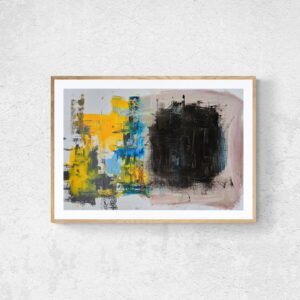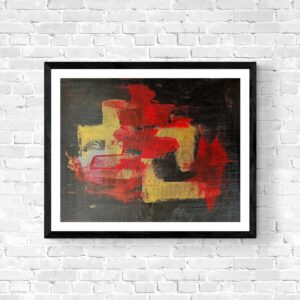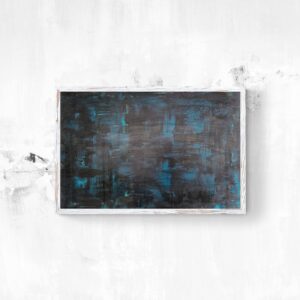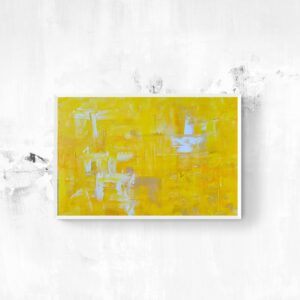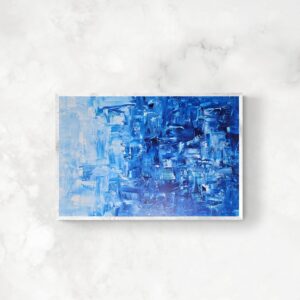
BRISTOL, England — Last year, Bristol’s Arnolfini cancelled two Bristol Palestine Film Festival events, leading to controversy and a boycott. After mediation with local groups such as Bristol Artists for Palestine, Arnolfini issued a statement apologizing for the decision and committing to upholding Palestinian freedom of expression in the future. Their current exhibition, Standing by the Ruins by Palestinian-Saudi artist Dana Awartani, appears (albeit obliquely) to represent that commitment bearing fruit.
It is a beautiful and understated show, providing a moving foil to the horrifying images currently coming out of Israel’s war in Gaza. Awartani’s practice is concerned with the physical loss of cultural heritage across the region, through acts of war and cultural censorship. Her work records sites of destruction through gentle reparation. For instance, to create her large suspended fabric work “Come, let me heal your wounds. Let me mend your broken bones” (2024), Awartani maps sites of architectural damage and destruction onto translucent textiles. She roughly tears holes in the fabric to correspond to these places, before carefully stitching them back together with color-matched thread. The resulting work contains a web of half-concealed cartography, a peaceful and meticulous record of years of violent erasure.

In “I Went Away and Forgot You…” (2017), Awartani uses a similar process in reverse, this time carefully crafting something before destroying it herself. She recreated a traditional Islamic geometric tiled floor with colored sand in a compelling act of meditative craftsmanship. In the accompanying video work, she laid out a similar sand design on the floor of a house in Jeddah’s old quarter, built in the mid-20th century in a Western architectural style — a comment on the colonial overtones of architectural modernization. The film shows her quietly and methodically sweeping the Islamic-style floor away, an effective reminder of how heritage can be destroyed through slow cultural change as much as by the sudden ravages of war.
For this exhibition, Awartani also produced “Standing by the Ruins” (2025), a new commission recreating the intricately patterned floors of the Hamam al-Sammara in Gaza, one of the oldest bath houses in the region and now believed to have been destroyed by Israeli bombs. Like much of her other work, the installation forms a meaningful act of remembrance and care — but it also shows the frustration and futility of being forced to “stand by” and watch from afar as Gaza and its people fall to ruins.




Dana Awartani: Standing by the Ruins continues at Arnolfini (16 Narrow Quay, Bristol, United Kingdom) through September 28. The exhibition was curated by Gemma Brace in collaboration with the artist.

